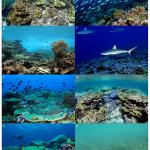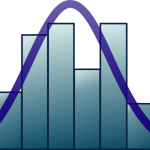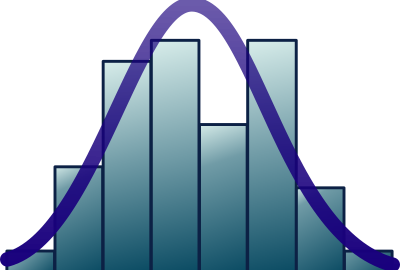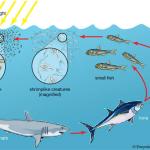Ecology of coastal communities
The main goal of the course is to introduce students to the theory and characterisation of the processes that regulate, control and affect coastal communities. This course will place emphasis on both theoretical and practical approaches, as the understanding of the dynamics of communities’ is a fundamental step in understanding changes in the Future Seas biodiversity.
Course Contents
• Role of pelagic and benthic communities in the functioning of coastal ecosystem
• Effects of environmental factors (abiotic, biotic) on community evolution
• Acclimation and adaptation processes of populations
• Top-down and bottom-up factors controlling communities
• Consequences of populations' adaptation on the ecosystem functioning
• Niche concepts in ecology
• Spatio-temporal succession in coastal communities
• Ecological Modeling
• Observation/experimentation/conceptual modeling
Final Competencies
1 Learning how to observe and experiment on marine communities.
2 Learning how to characterise them, as well as the adaptive landscape that shape them (constraints and adaptation to their changing environment).
3 Learning how to analyse and model species assemblages and community dynamics, including meta-communities.
4 Methods to sample and study marine communities.
5 Methods to study and characterise their selective value.
6 Methods to simulate marine community dynamics
Teaching Methods
After a general and theoretical reminder of marine communities and specificities of the coastal ecosystem, we’ll define and illustrate the main factors controlling the establishment, evolutions and succession of benthic and pelagic communities. In connection with the theoretical approaches, four main practical works (PW) will permit to illustrate and conceptualise some factors controlling the communities by application of the concepts and methods during practical courses or field sampling and data analysis:
PW1: Effects of abiotic constraints on community structure and evolution: Study of phytoplankton’s photo-acclimation. This will illustrate bottom up structuring factors, adaptive trade-off with emphasis on individualistic traits (abiotic tolerance) of species and their interactions with the environment (niche requirements).
PW2: Effects of biological interactions on communities’ structure: Experiment of filtering feeder on natural phytoplankton communities. This predation process will illustrate a top down effect on community selection (interspecific interaction) and the importance of bentho-pelagic coupling in coastal environment.
PW3: Spatio-temporal variability of communities. Experiment of colonisation by benthic invertebrates (macrofauna) on new rocky substrate will illustrate the primary successional changes in benthic communities, interactions and competition processes in colonisation of space.
PW4: Interaction modelling. The design and construction of simple models combining the different factors controlling communities dynamic, will allow student to visualise the community’ s interactions including external environmental factor and internal dynamic (predation/competition) processes on different spatial and temporal scales.
Additional course information can be found here: https://studiekiezer.ugent.be/studiefiche/en/C004300/2021






